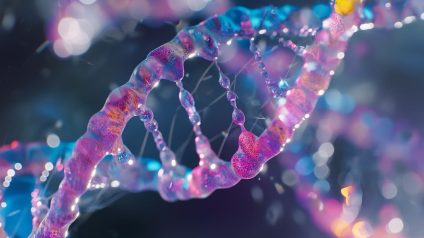Artificial sweeteners are increasingly found in wastewater worldwide. A new global review highlights their persistence, limited removal, and potential harm.

Persistent impact on aquatic ecosystems
Artificial sweeteners in wastewater represent a growing environmental and health threat. These substances are found in a wide range of foods we consume daily, from soft drinks to processed snacks, often without a second thought, despite warnings from scientific literature about their potential health risks.
Potential health effects of artificial sweeteners
Their use extends beyond food products. Artificial sweeteners are also common ingredients in items like toothpaste. Some studies suggest a possible link between these sweeteners and health issues such as type 2 diabetes, heart disease, and cancer.
But what happens to these compounds after consumption? For example, saccharin and sucralose, calorie-free sweeteners widely used in beverages, desserts, and baked goods, can be toxic to aquatic life once they enter the environment.
Concentrations in wastewater
Researchers at the University of Technology Sydney (Australia) analyzed the presence and concentration of artificial sweeteners in wastewater treatment plants across 24 countries. Their study, Artificial sweeteners in wastewater treatment plants: A systematic review of global occurrence, distribution, removal, and degradation pathways, published in the Journal of Hazardous Materials, offers key insights into:
- the spatial and temporal distribution of artificial sweeteners in influent and effluent flows
- the effectiveness of their removal during wastewater treatment
- degradation pathways, involved microorganisms, and factors influencing removal performance
The most common sweeteners globally
Sucralose, acesulfame, saccharin, and cyclamate, whose safety remains controversial, are the most widespread artificial sweeteners worldwide. They are used as sugar substitutes in processed foods, beverages, chewing gum, and pharmaceuticals.
The highest concentrations were found in the United States, Spain, India, and Germany.
Sucralose, in particular, is highly persistent in the environment. It can resist wastewater treatment processes and remain in rivers, lakes, and coastal waters, where it affects aquatic ecosystems.
Wastewater presence as a pollution indicator
The ecological footprint of artificial sweeteners reflects broader human-induced pollution. Their widespread use in food, drinks, and medicines has led to increasing concentrations in wastewater, raising concern due to their proven toxicological risks to ecosystems and humans.
Currently, there is no comprehensive synthesis of data on the presence, distribution, and removal status of artificial sweeteners in treatment plants, making it difficult to fully assess associated risks and environmental impact.
To address this, researchers conducted a systematic review of both peer-reviewed scientific studies and grey literature, covering 24 countries across six continents.
They also used wastewater samples to estimate artificial sweetener consumption among populations.
Rising consumption
Artificial sweetener use continues to grow. The global market, valued at $7 billion in 2022, is projected to reach $12 billion by 2032. These additives are promoted as helpful tools for weight management, diabetes control, and cavity prevention.
However, sweeteners that are not removed during treatment end up in surface and groundwater, and in some cases, even reach drinking water supplies.
The research also revealed seasonal trends. In most countries, artificial sweetener concentrations peak during summer. In China, however, the highest levels occur in winter.













